There are a million different ways to design the garden. Most importantly, what do you want to grow? This can be a hard question for a person who has never had much experience with plants. It was good, in that respect, that my mom simply brought me some easy starters to help build my interest. I ended up deciding that I didn’t like some things over the years and I really loved other things. I have also learned that some things are truly hard to grow.
If you have no experience with plants, my first suggestion is to go to a garden center and look at plants. Does anything seem especially enjoyable to your senses? Do you want to be around it every day? That is how I choose my plants.
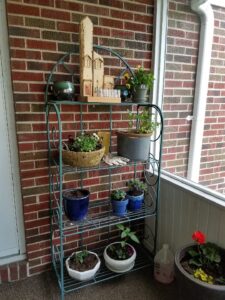
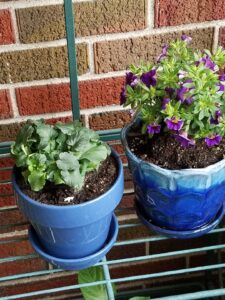
I love bright colors: red, pink, yellow, purple, and white. Sometimes I might depart from this and throw in some blue. I love soft petals and rounded flower tops, trumpet flowers, big daisy-type flowers that reach up for the sun, etc. I love fuzzy leaves, and I have had great fun with African violets because I can snip off a leaf and root it so that it will start a new plant. I like herbs but I am allergic to some. I like to be amazed by peppers coming up on their plants, and I like to eat them! I don’t tend to like grasses or vines or ferns.
Some plants will surprise you by not reaching their best bloom until late in the season. I brought home my shasta daisy in late April. It will not flower until sometime in June. At that time I will have lovely fragrant flowers near the east side of my sunroom.
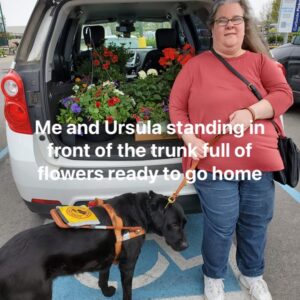
When I get my load of plants home, it’s time to decide what goes where. I need to know how big things will get so that I don’t plant five big tall plants in the same small space. (It has happened.)
It is helpful to read online sites about what you are planting before you put it in the dirt! This year I planted a tiny little herb called pineapple sage in a raised bed next to my dahlia, which was also tiny. They are now both big! The pineapple sage promises to be four or five feet tall by fall and can withstand temperatures as low as 0F. It can be propogated easily, and I may do this just because I do love it so very much!
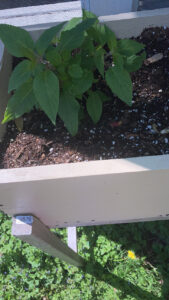
Most of my plants are small starters when I bring them home. I spend a bit of time arranging them, holding them next to each other to see how I like the idea of them being together before I commit them to their space. This is how my flower spaces are made.
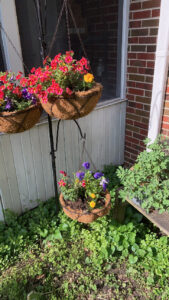
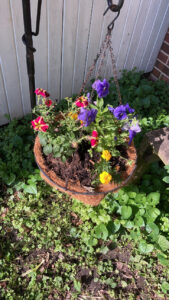
Traditional advice is to plant space so that you have a cover, a flower, and a tall thing together. I don’t follow this. It’s my garden and I want to enjoy it my own way. Someday I might change my mind. For now, I can’t really explain my strategy. I simply like a lot of flowers.
- Learning From My Younger Self - February 10, 2024
- more reflections on ITD - June 30, 2023
- On travel while at ITD: reflections after day 1 - June 27, 2023
- ITD day 1 - June 27, 2023
- ITD day 1 - June 27, 2023
- Job Descriptions, Inclusivity, and Equity for People with Disabilities - October 15, 2022
- Traveling without a Guide Dog: Experience with Cane and Walker - October 14, 2022
- Disability and Church, Intersection - June 11, 2022
- Review: When Chronic Pain and Illness Take Everything Away - June 11, 2022
- Grammar and Style Resources for Writers - June 9, 2022